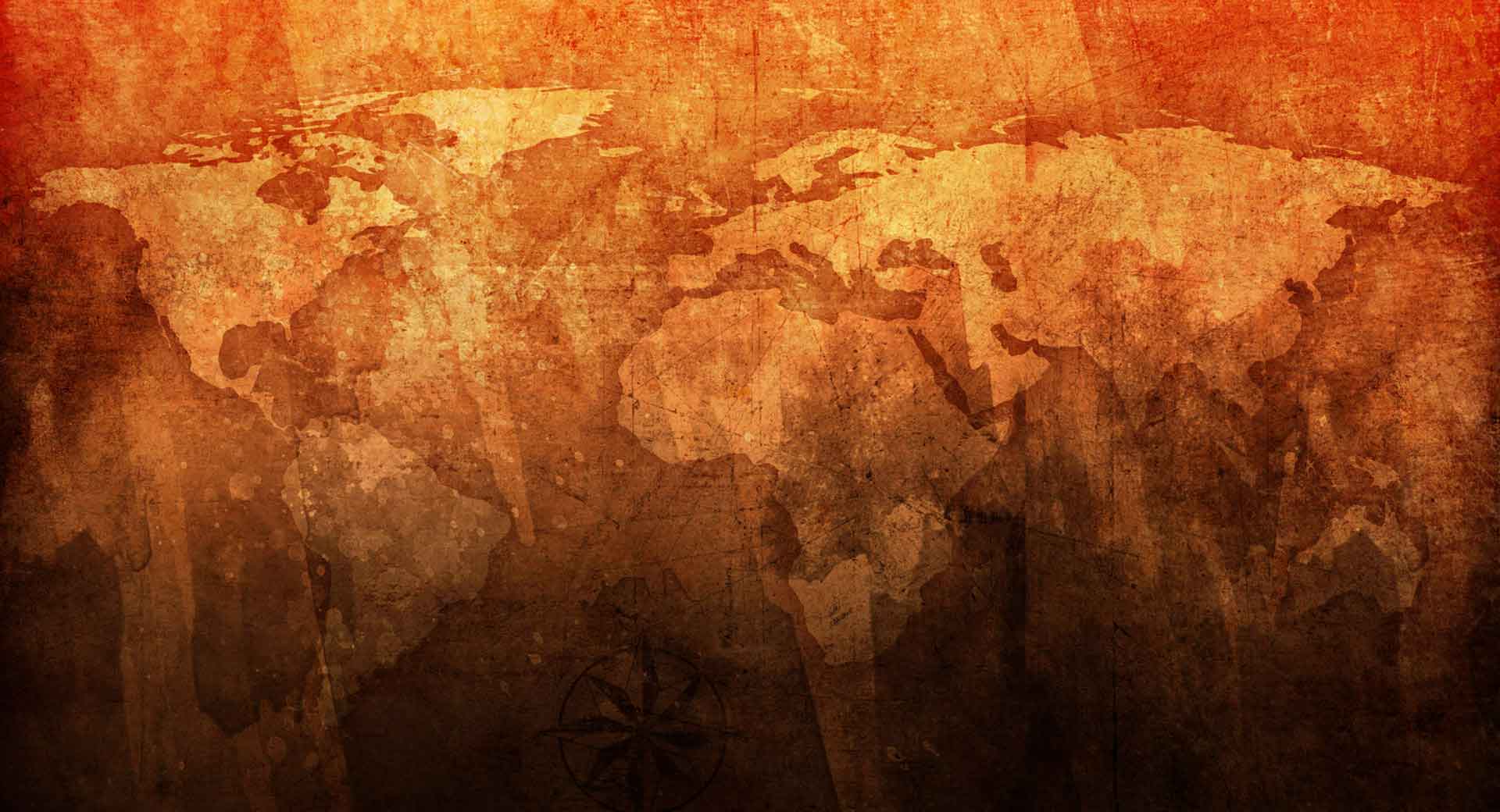Mankind has leveraged technology since leaving the Garden of Eden — in the sense that he has always applied knowledge to solve practical problems.
Knowledge, in and of itself, can be good or bad. The knowledge of good and evil was acquired through disobedience to God lead to Him banning Adam and Eve from the Garden and placing the entire creation under the curse. Later, God revealed His plan of judgment to Noah and provided specific instructions that equipped him to build an ark and escape the coming deluge.
As men began to repopulate the earth, their flagrant arrogance and pride led them to attempt to build a great tower that would reaching Heaven. The technology of the day involved fire-hardened bricks and grandiose construction aspirations. Scripture tells us the motivation was to “make a name” and avoid being “scattered over the face of the whole earth” — directly contradicting to God’s first command to mankind.
Over the following millennia, mankind mastered technology far beyond mud bricks. The technological advances that we take for granted today would strain the imagination of our forebears. And the pace at which technological advancement has skyrocketed exponentially in recent years is staggering. When observed through the lens of a biblical worldview, the Signs of Technology are shouting that Jesus is coming soon.
The Good, the Bad, and the Ugly
Like the category of Spiritual Signs, the Signs of Technology include both good and bad signs, as well as some that are downright ugly. After all, who can deny the blessing of air-conditioning, internal combustion engines, and photography?
Another example would be modern medicine. Would anyone like to revert to the medical practices of the 17 and 1800s? George Washington’s death was likely accelerated by the bloodletting his doctors utilized to relieve the vapors that were vexing him.
Standing in the rotunda of the Kentucky capitol is a statue of Ephraim McDonnell. He is considered the father of abdominal surgery because he performed an operation to remove a 22-pound ovarian cyst from a woman — without anesthesia! Most visitors overlook the depiction of the cyst in a bowl at McDowell’s feet. That woman, who sang hymns throughout her surgery and afterward rode home on horseback, deserves a statue!
Clearly, some aspects of the good ole days were not particularly desirable.
Early in my adult life, I was trained as a pilot. The strides in technology within the field of aviation are mind-boggling. Powered flight is less than 120 years old, yet we have advanced far beyond the Wright brothers’ unprecedented 12-second, 120-foot flight. Every pilgrimage trip Lamb & Lion Ministries hosts proves that point. We get on an airplane and wing our way to Israel in a matter of hours — a journey that took Mark Twain many weeks by steamship just 150 years ago.
But how does technology tie into God’s prophetic Word? In many more ways than meets the eye — if you apply spiritual discernment.
A Tool for Evangelism
From a Biblical perspective, man’s greatest challenge is spiritual in nature. If we don’t overcome our sin problem, no other accomplishment matters. And no technology exists to reconcile sinful man with a Holy God. Only the Gospel of Jesus Christ does that. Any aid to expanding and sharing the Gospel is certainly a tool to be utilized. Still, it is misguided to revere the tool instead of seizing its usefulness.
Paul did not spend time lauding the Roman network of roads and seagoing transportation — even as he took advantage of those technologies to propagate the Gospel. And make no mistake; the Romans took full advantage of the technology available to them at the time. From construction techniques to military applications, Roman engineering was world-renowned. To this day, the standard railroad gauge in most of the Western world is 4 feet, 8.5 inches — the width of an Imperial Roman chariot.
Similarly, although we do not idolize the technology that serves us today, we are grateful for transcontinental air travel that makes Israel pilgrimages possible, television and satellite communications that allow us to broadcast to millions of homes, and Internet capability that connects us with many millions simultaneously. God’s prophetic Word clearly foretold many of these technological advances.
When the Lord revealed distant visions of future events to Daniel, He told the great prophet that understanding would not come until the end of time, when “many will go back and forth, and knowledge will increase” (Daniel 12:4). Daniel expressed curiosity about all the events he was witnessing. God’s responded, “Go your way Daniel, for these words are concealed and sealed up until the end of time” (Daniel 12:9). He promised that those with insight would understand when the time is right.
With the explosion of globe-trotting transportation and the exponential growth of human knowledge (sadly lacking wisdom most of the time), it seems as if we are at the threshold of the “end of time” that the Lord spoke about.
In the second part in this look at where technology and eschatology intersect, we will next speculate how the biblical authors may have described modern technologies.







